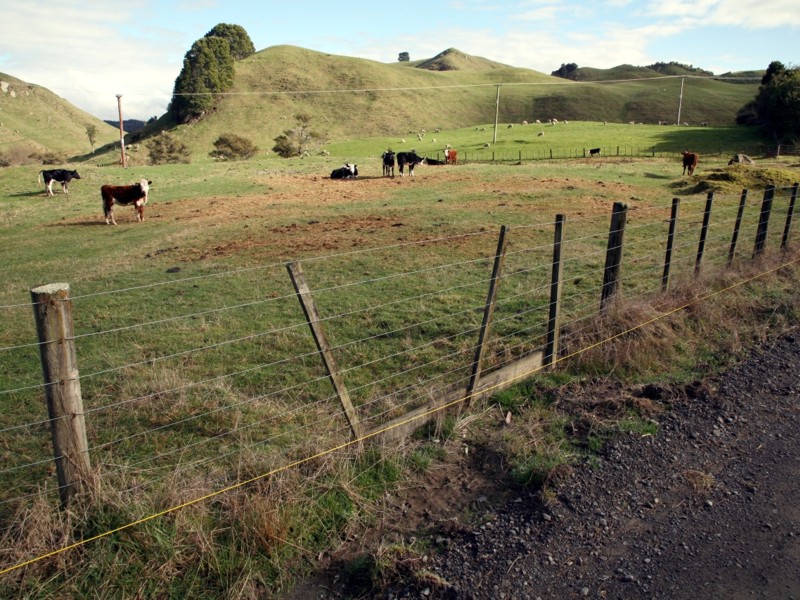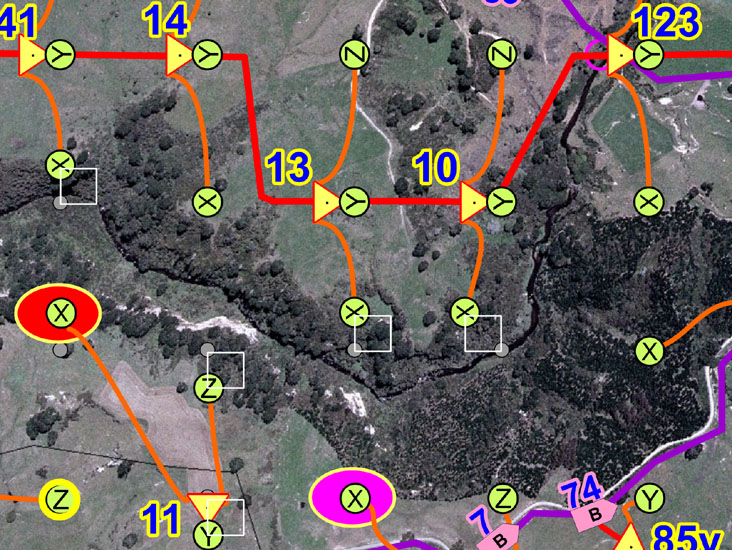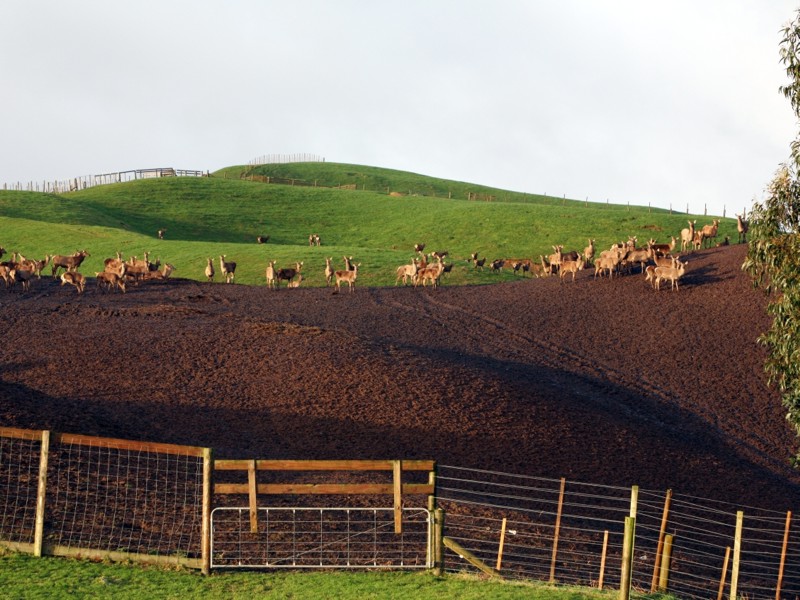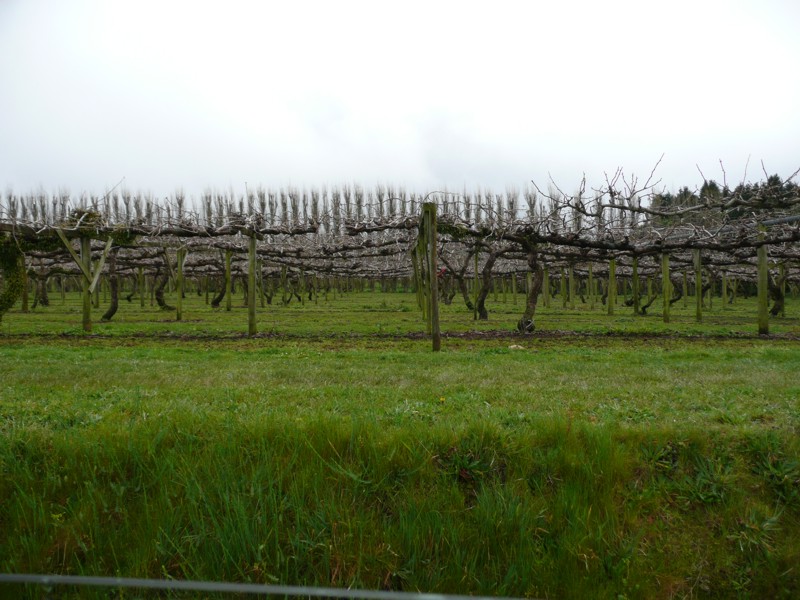
Cattle sometimes enjoy chewing on survey wire; other times they seem to make an effort to leave it alone. Dragging wire is also a problem. Most of this is avoided by laying wire along fencelines, going around occupied fields. With a final 3D inversion grid having a resolution of 1/4 of an electrode spacing (in all directions), field crew know that they can offset electrodes by 1/4 spacing(s) in any direction to avoid obvious cattle problems, without affecting the quality of the survey results. Maps and GPS are both equipped with 1/4 station interval dots so that an on-site decision can be made to offset to an alternate location to avoid a site that appears to be a likely future problem. The nearby alternate dot is selected on the GPS screen, and the wire is laid to the new location with virtually no loss of time.

While most of the offsets in this image are related to smoothing an optimum electrode spacing through difficult brushy cliffs along the river (e.g. 11-Z), electrode 11-Y is a 1/4 spacing southward-offset chosen to avoid a fenced compound that was found to contain a number of particularly stupid young bulls. The original proposed electrode station locations are shown as grey dots. This image is part of the daily "shoot map" that all crew use to guide layout and shooting progress in the field. It is updated between field shifts to reflect actual wire and station locations in the field. The red oval marks an "open" wire circuit between box 11 and electrode 11-X, seen in the morning system check and marked "red" because it is a repeat issue. The pink "X" oval marks a fresh break, not seen before. A crew person will be assigned to check and fix these wires at the pre-day tech meeting, and will leave as soon as his tasks are known.

